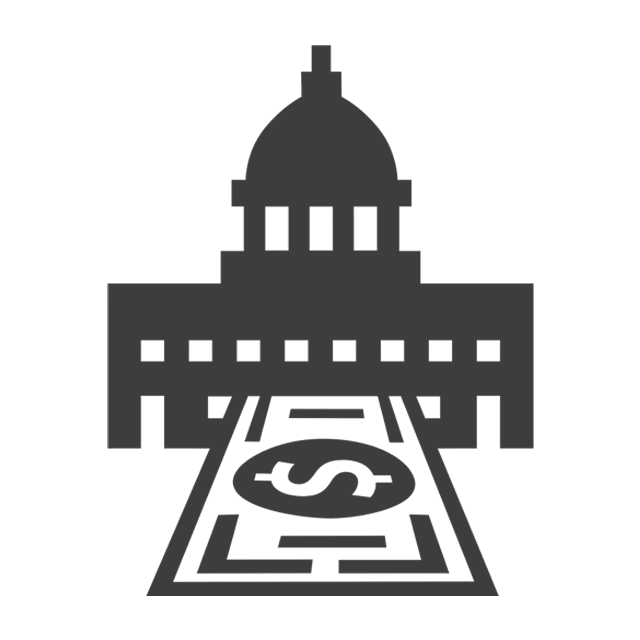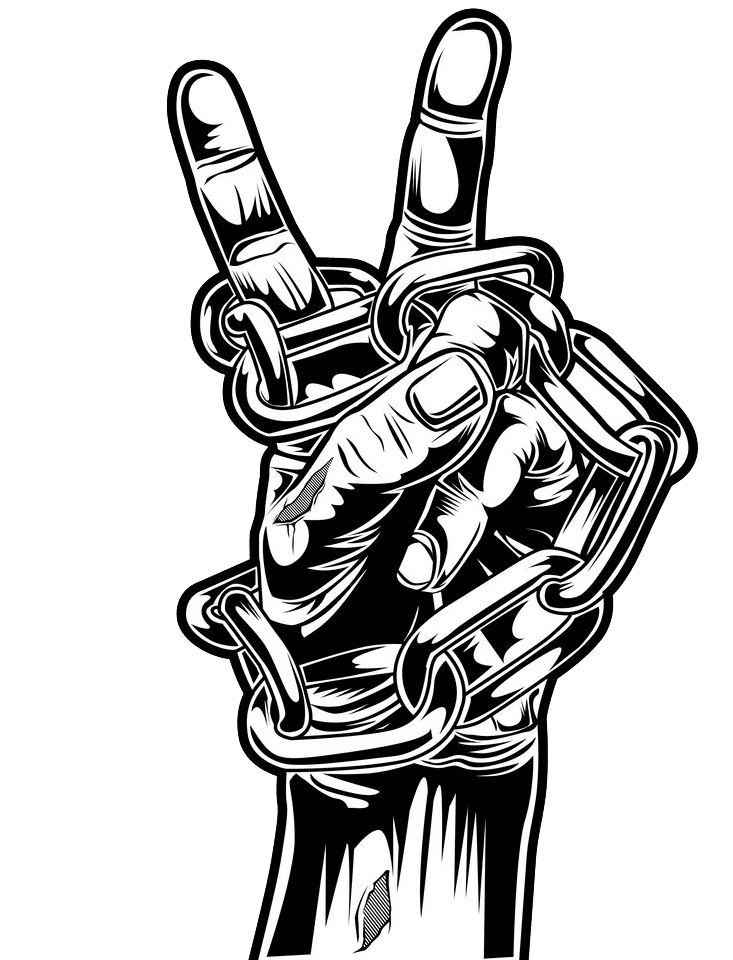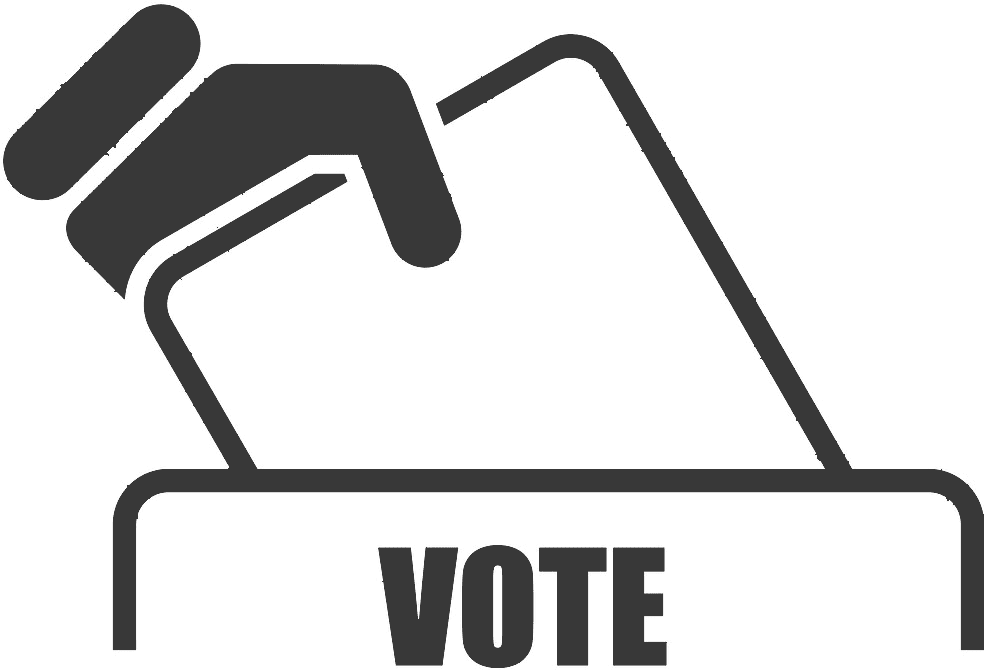
Since the establishment of the Gutenberg press, Western societies have made impressive leaps in the dissemination of information. Information that was once only accessible to the priesthood and political elites can now be accessed by laypeople of all backgrounds. As the television arrived in the 20th century, the news could be disseminated to millions.
On top of that, people were able to access multiple channels of entertainment during their leisure time. Unprecedented to say the least.
However, markets don’t always develop in a clean or linear manner. There are always hiccups along the way. One troublesome trend that has emerged in the last 50 years is that of media consolidation. This refers to the increased concentration of news ownership in the hands of a small group of corporations.
According to the late journalist Ben Bagdikian, about forty years ago, the majority of U.S. media was in the hands of 50 corporations. In present times, six corporations — GE/Comcast, The Walt Disney Company, News Corporation, Time Warner, Viacom, and CBS— control 90 percent of the media. This marks a rapid consolidation of the media sector during the last few decades.
Many media critics attribute this consolidation to the passage of the Telecommunications Act of 1996, which allegedly deregulated the media sector and allowed corporations to consolidate more easily. However, the deregulatory nature of this legislation is perhaps overstated. Critics like consumer advocate Ralph Nader contended that the legislation represented one of the grossest examples of corporate welfare at the time. In a testimony before the U.S. House Committee on the Budget in 1999, Nader asserted that “the government wrote a $70 billion check to the broadcast industry,” in accordance with the Telecommunications Act of 1996, which “handed over the digital television spectrum to existing broadcasters.”
As Nader explained, “the broadcasters will pay nothing for the exclusive right to use the public airwaves, even though the FCC itself estimated the value of the digital licenses to be worth $11 billion to $70 billion.”
In his testimony, Nader also called attention to the following:
The giveaway was mandated, in part, by the 1996 Telecommunications Act, which prohibited, under demands by the broadcaster lobby, the FCC from auctioning off the airwaves. The Telecommunications Act also required the FCC, if it decided to allocate the licenses, to give them only to incumbent broadcasters.
Back in 2001, five years after the Telecommunications Act was passed, Adam Thierer of the Cato Institute aptly noted, “The notion that the telecom industry has been deregulated is a fairy tale.” Thierer described the legislation as “Deregulation Lite,” with “some minor rules and restrictions relaxed.”
Thierer noted three developments that should call into question any assertion that there has been wholesale deregulation:
-
In August 1996, the Federal Communications Commission (FCC) issued its mammoth 737‐page, 3,200-footnote “Interconnection Order.” The edict, which ranks as one of the longest and most convoluted rules in the history of regulatory policy making, produced a stream of litigation. In fact, the Supreme Court recently decided to hear another round of cases dealing with ambiguous and controversial Telecom Act regulations.
-
In May 1997, the agency created the “E‐Rate” program (known in most circles as the “Gore tax”), which unilaterally established a new government bureaucracy to help wire schools and libraries to the Internet. The FCC then decided the American people would pick up the $2.25 billion per year tab for the program by imposing a hidden tax on everyone’s phone bills.
-
Finally, since the Telecom Act became law, FCC spending and staffing grew to all‐time highs. Last year, the FCC requested a gross budget of almost $280 million and total staffing of 1,975 people. By comparison, 10 years ago FCC spending stood at $108 million and staffing at 1,734 people. In other words, the FCC’s budget has doubled over the past decade and the agency has hired roughly 250 additional bureaucrats.
What the Telecommunications Act of 1996 shows is that partial privatization is a mixed bag. More often than not, partial privatization keeps several flawed regulatory provisions that protect incumbent business interests. In such circumstances, market advocates should call for further deregulation and other measures that strip established corporations of their crony privileges.
In sum, it’s intellectually dishonest to suggest that telecommunications have been fully deregulated. Starting up a TV or radio station is still no walk in the park. Anyone who wants to start up traditional media endeavors has to pay substantial fees for FCC licenses and go through the typical bureaucratic rigmarole of paperwork just to stay in the government’s good graces. Even with the government’s regulatory constraints, groups of individuals have come together voluntarily on the Internet to create blogs and alternative media to counter mainstream media. There was no need to pass laws or regulations for this to come about. Although there are some understandable concerns regarding Big Tech’s consolidation, the Internet still offers relatively low barriers to entry compared to traditional broadcast media. With the internet, there is still a sliver of hope for new entrants to innovate.
The beauty of markets is their ability to adapt to circumstances and solve problems that everyday people face. People have routinely complained about the vacuous and corrupt nature of mainstream media. In a recent podcast of the Joe Rogan Experience, journalists Saagar Enjeti and Krystal Ball — who are in divergent ideological camps — brought an interesting perspective on the nature of mainstream media. They called attention to the excessive gatekeeping and credentialism that the field is filled with. Even more intriguing is the nature of relying on talking points to deliver political messages. This makes sense when taking into account the limited airtime commentators have when discussing policy topics. Such a constrained environment for political discussion has left many viewers somewhat disappointed.
However, there is a reason for rational optimism. In the last decade, the demand for Internet-based alternative media that is more factual than agenda-driven has soared in popularity. Now, more people are getting the news from the Internet, namely from blogs and niche websites that cater to specific news preferences.
Again, part of the beauty of markets is their problem-solving nature. Indeed, many people are fed up with the legacy media and desire a new outlet for information that is free of political spin. The advent of social media has alleviated some of these problems to an extent. Big Tech has numerous problems of its own though. Sadly, like with many other industries, there exists a trend towards centralization and consolidation. Additionally, the tech sector has embraced some of the most obnoxious aspects of woke culture and has engaged in thought-policing of political expression through deplatforming.
Markets are not a panacea, but they’re generally the best option when dealing with how people interact. As users of services, we still have power in terms of our consumption habits and holding companies accountable. When traditional media or social outlets don’t deliver the goods, we have every right to complain and push for alternatives. Furthermore, we are justified in questioning regulations and policies that enable consolidation and protect established corporations from the competition.
We live in the 21st century, where new technologies are constantly being formed and uprooting dinosaur institutions. Instead of looking for top-down solutions to media consolidation, we can channel the existing trend of decentralization and use it to break up the old order. Like any institution in the market, traditional media’s existence is not guaranteed. It’s only a matter of time before new, game-changing methods of disseminating information enter the picture and totally upend legacy media for good.




















